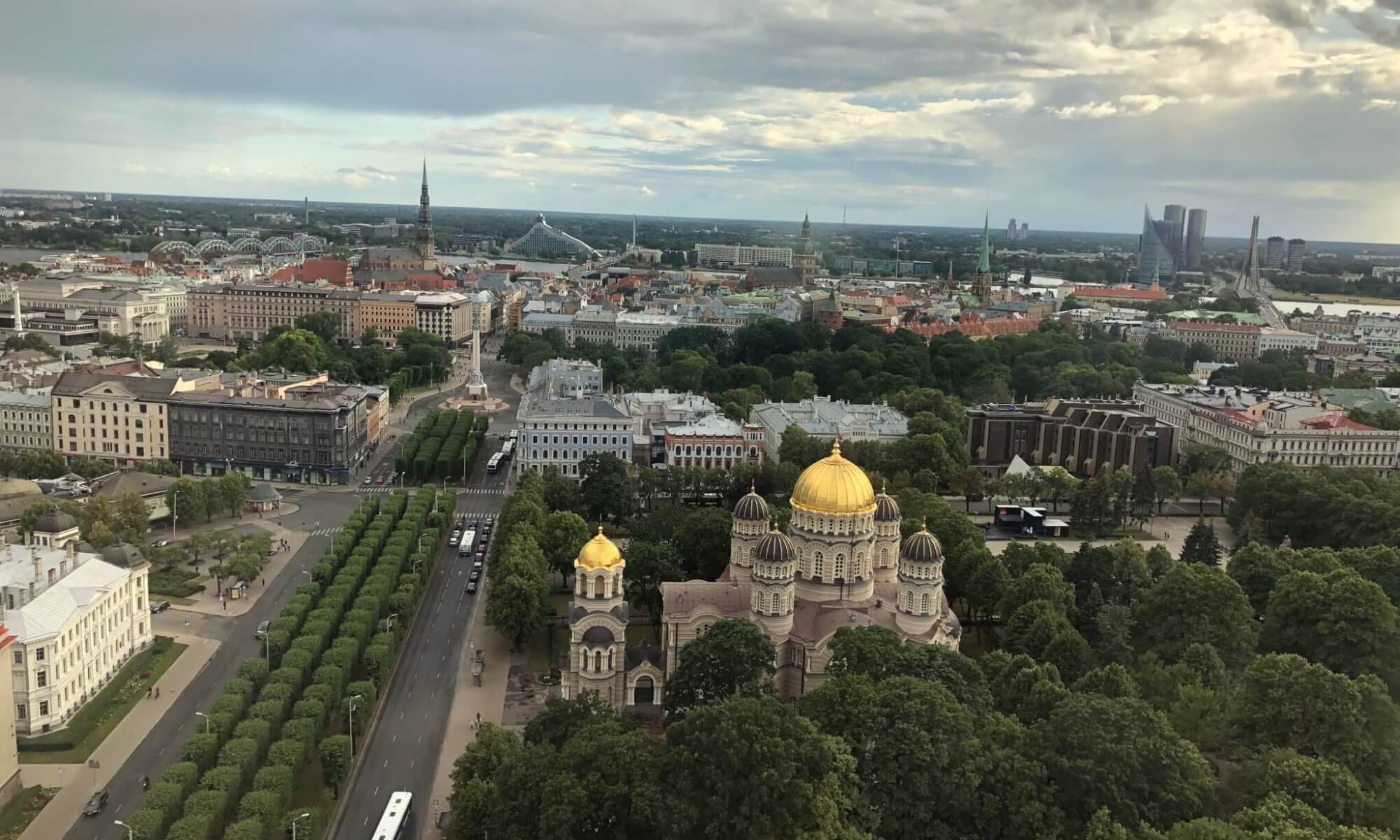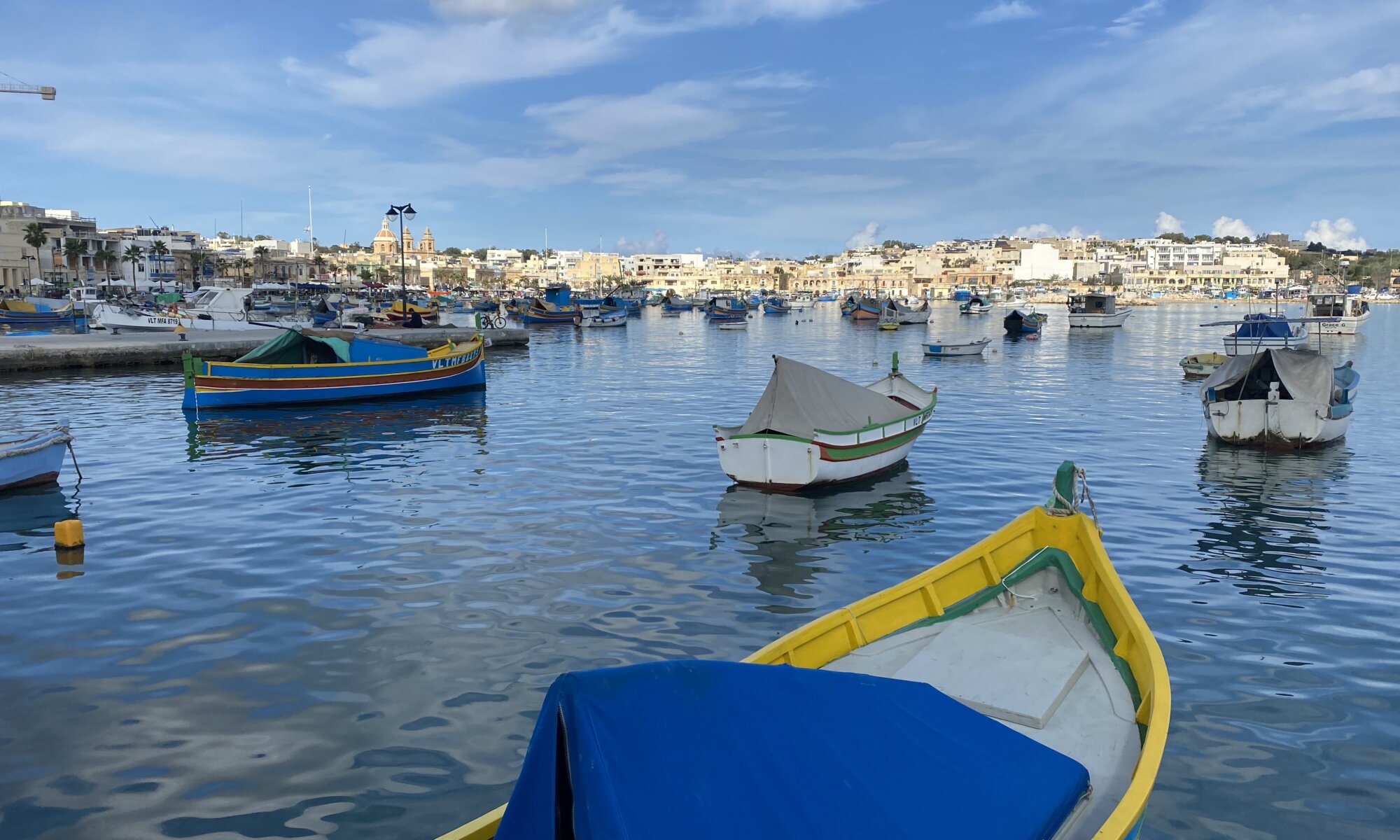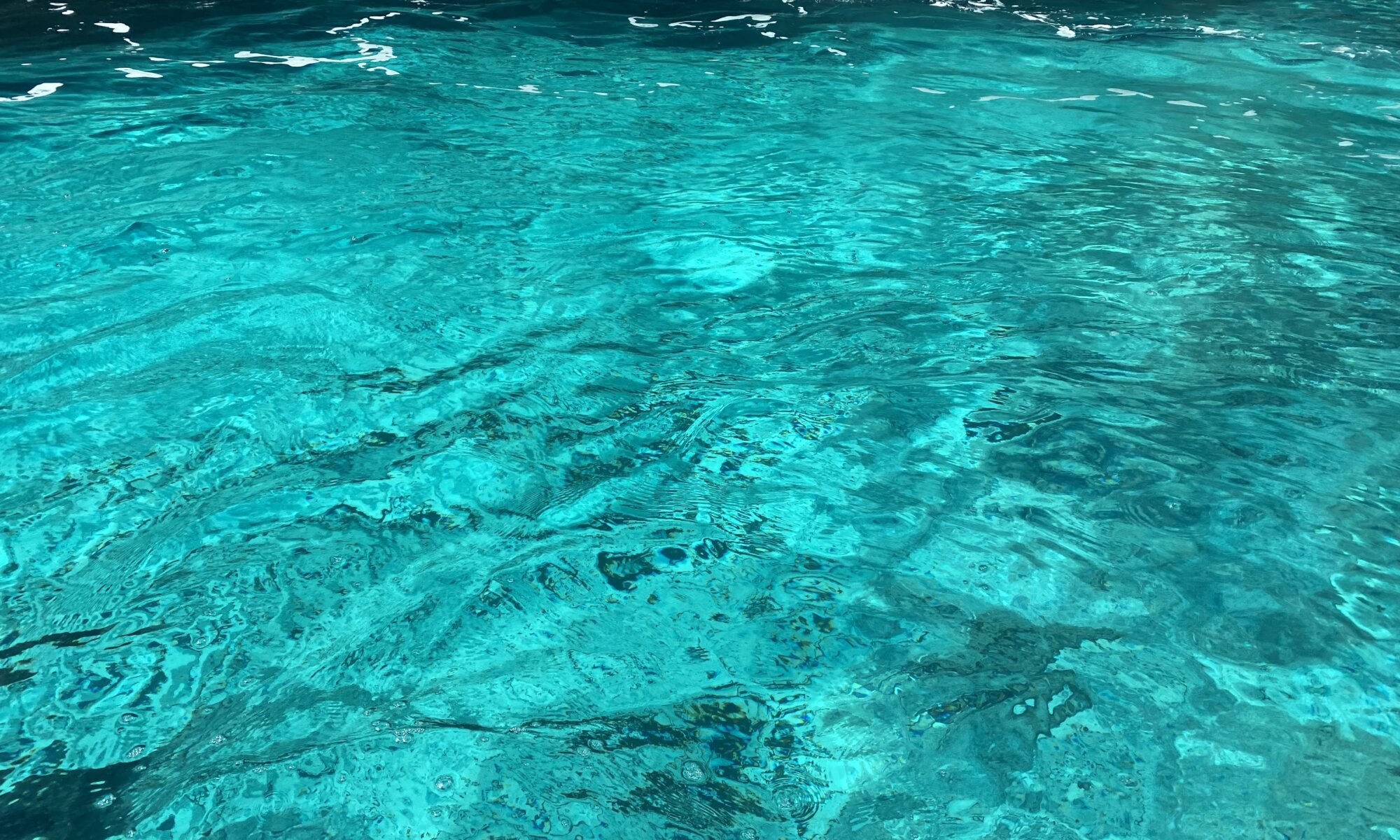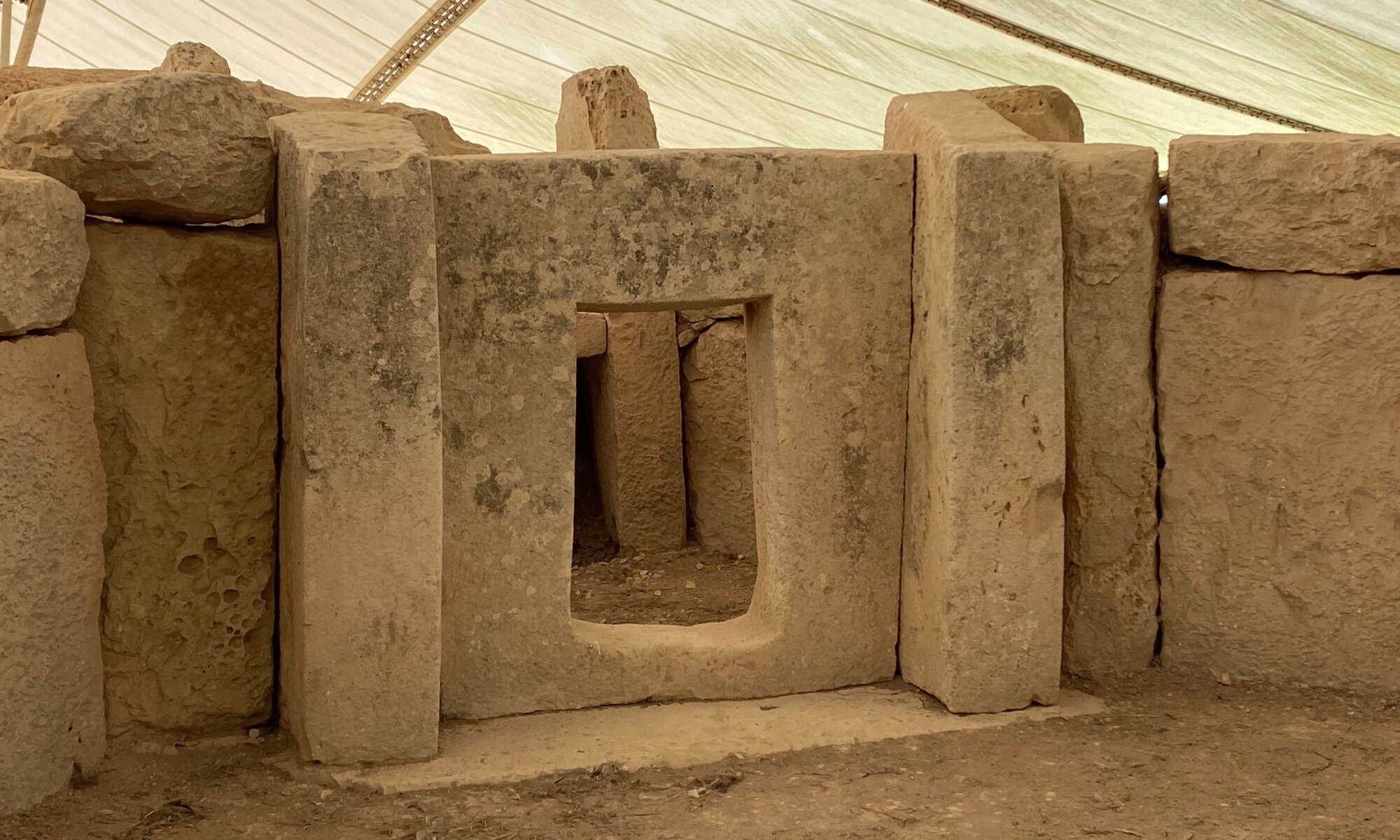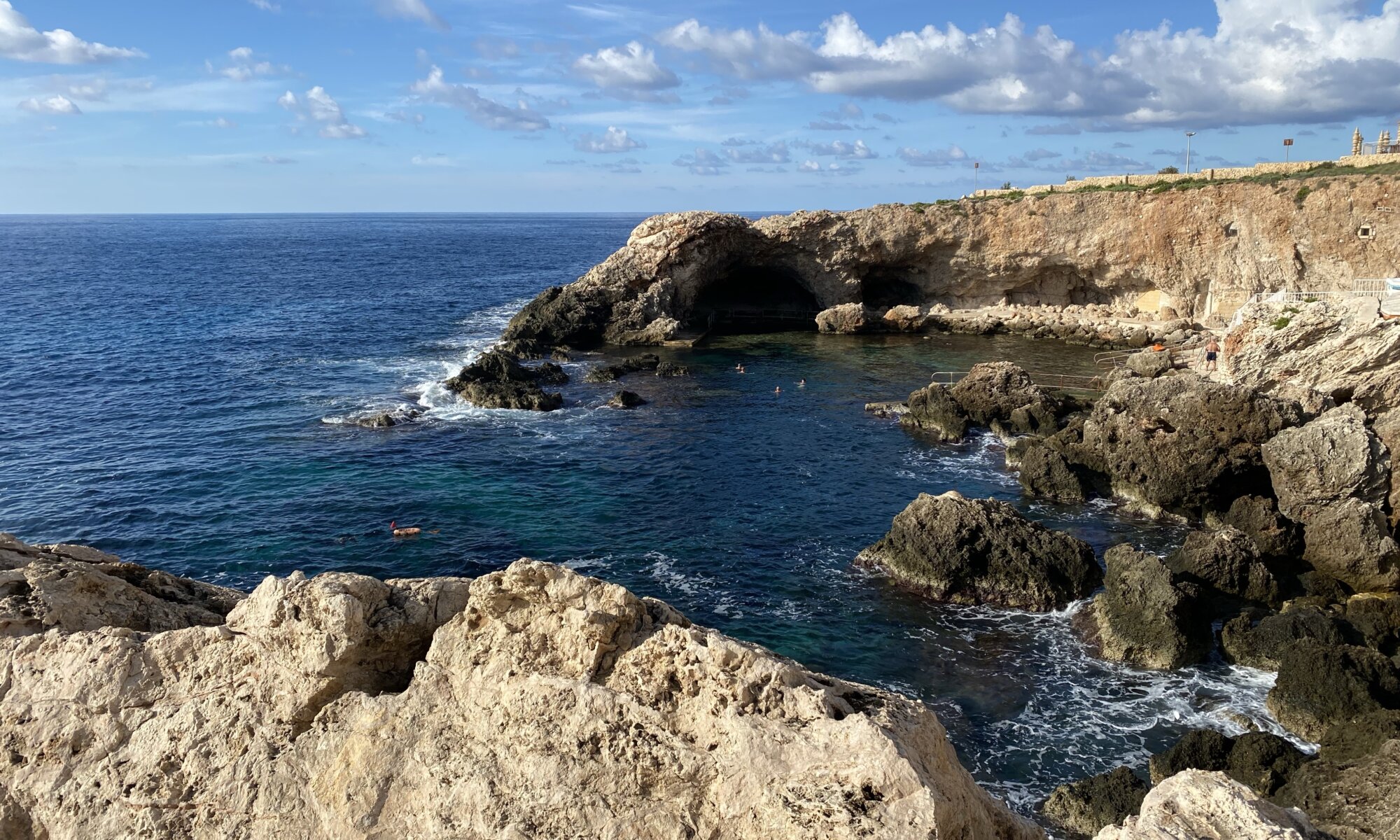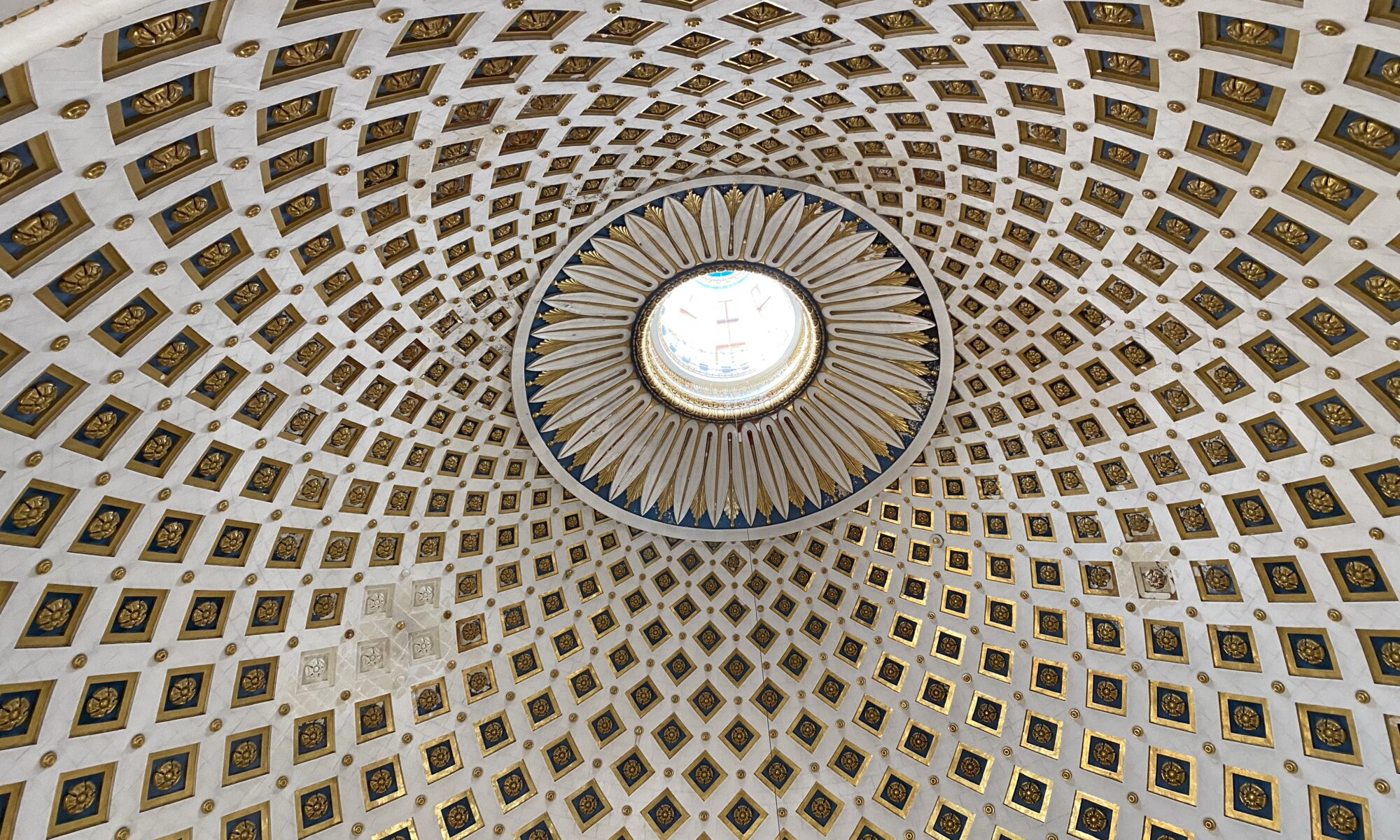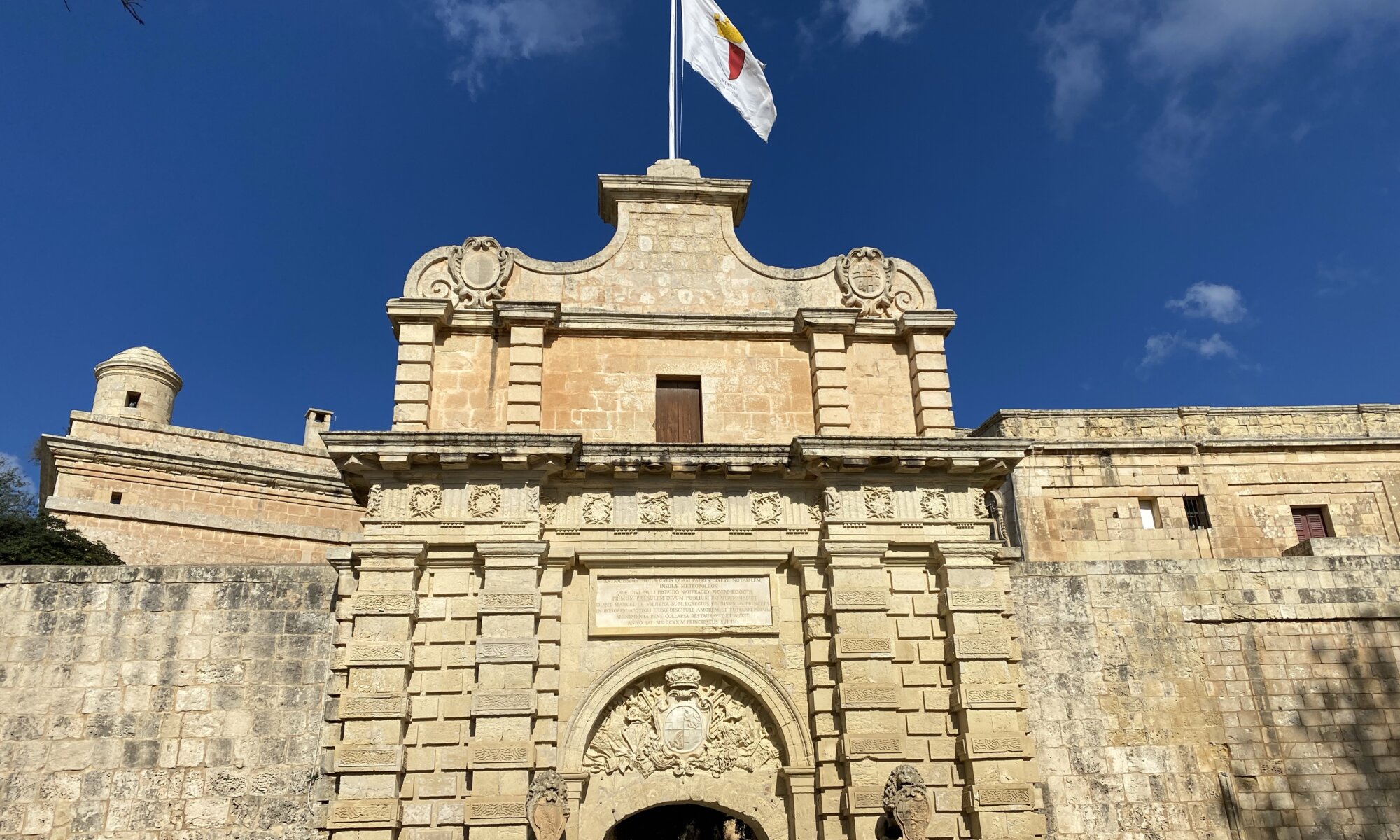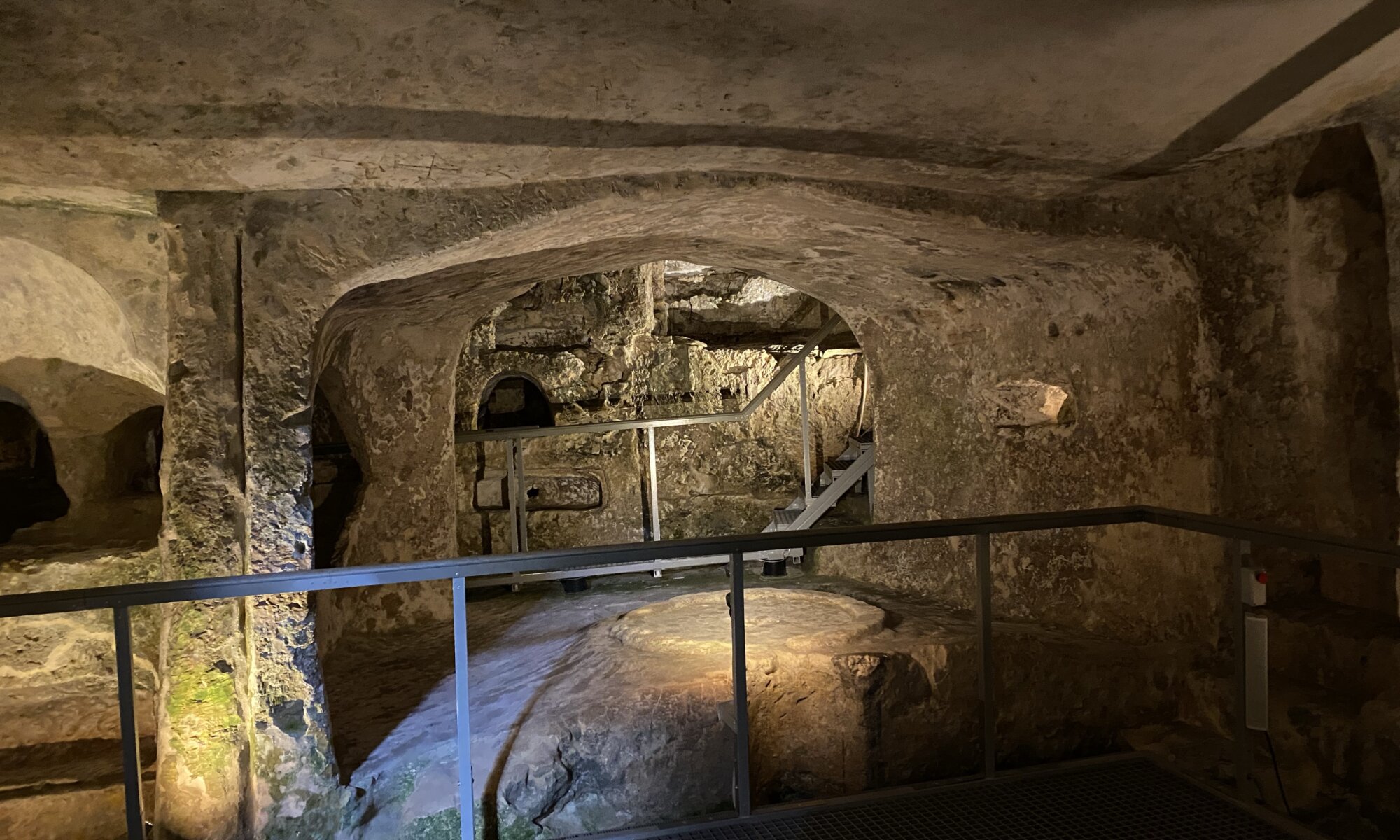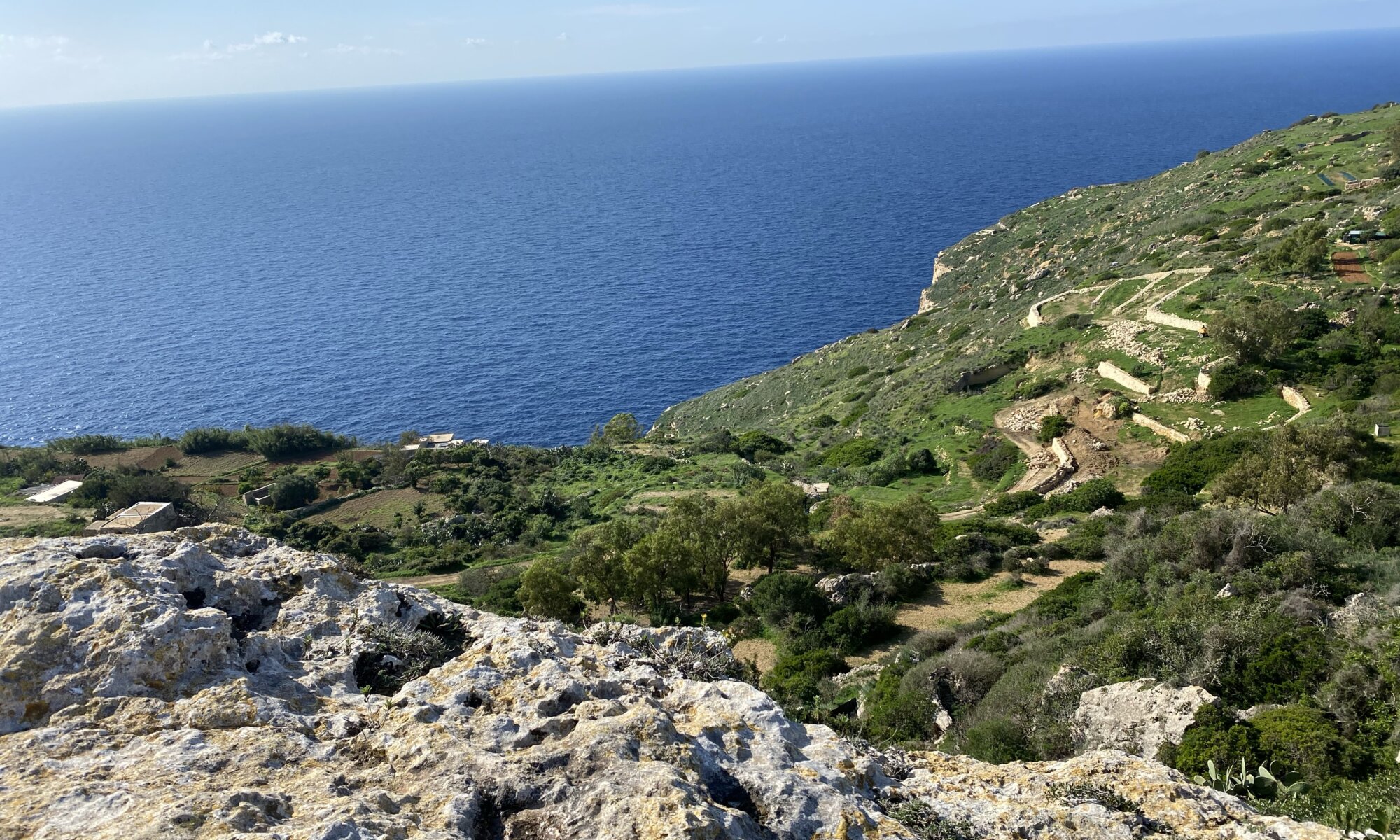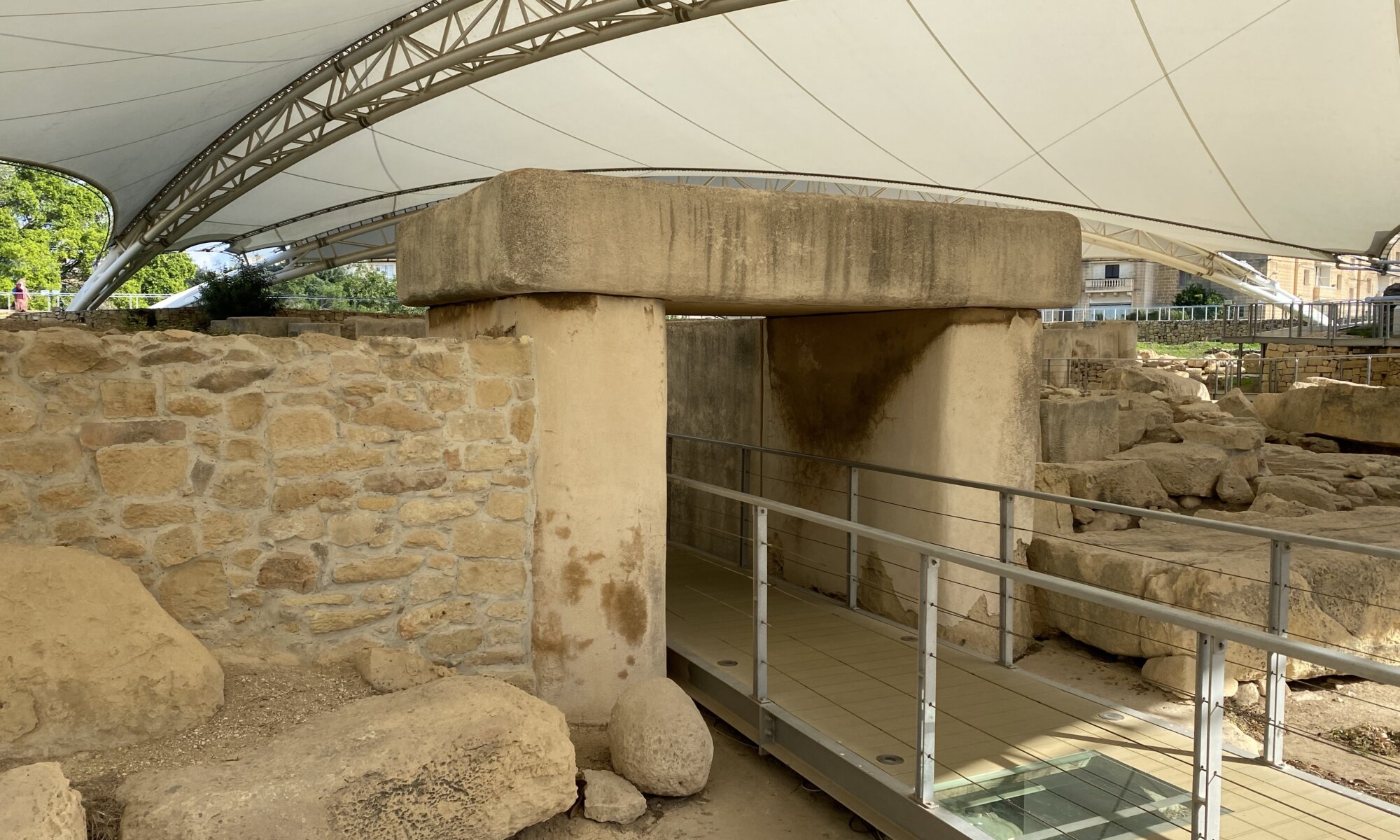Malta is a small country, and the size is nearly equal to the city of Bremen, Germany. If you want to explore it the obvious question is: shall I take a rental car or is public transport sufficient? The answer is dependent on your preferences, driving skills and the time you intend to spend on the islands.
Continue reading “Car or coach?”Marsa scirocco
Marsaxlokk is a city in the southeast of Malta and the second naturally well-protected harbor of the main island (after Valletta). It is the most important harbor for fishermen, and you can see many boats anchoring in the bay. Along the water you’ll find many restaurants serving fish and on Sundays there is a large market.
Continue reading “Marsa scirocco”Blue grotto
One of the natural highlights of Malta! I would say you haven’t been on Malta if you haven’t explored the blue grotto by boat. It is a cave system with clear blue water and high rocks above you. You can enter boats at a natural harbor (Wied iż-Żurrieq) belonging to the city of Qrendi and the tour guides will take you on the Mediterranean Sea around the rocks to and through the cave system.
Continue reading “Blue grotto”Ħaġar Qim
The two temples of Ħaġar Qim and Mnajdra belong to the UNESCO World Heritage Site ‘Megalithic temples of Malta’ and are one of the most important places on Malta. Located in the west of the main island you can learn about their past in the visitors’ center and museum, including a 4D cinema. From there you can first access the Ħaġar Qim temple and later take a longer walk down the hill to Mnajdra. Both temples are nowadays protected by a roof above to ensure that they’re preserved for future generations.
Continue reading “Ħaġar Qim”Għar Lapsi
Għar Lapsi is a small bay in the west of Malta underneath the Dingli cliffs. It is mostly known as a dive site and a swimming pool and for that it offers parking lots, good infrastructure, and a small coffee bar. While fishermen are bringing their boats to the water you can enjoy life in the water of the Mediterranean Sea.
Continue reading “Għar Lapsi”World War II survivor
The city of Mosta might not be your first choice when selecting places to see on Malta. It is a small town that was used as a refuge in medieval times when pirates attacked, today it is mostly a residential zone without many highlights. But one place is really worth a stop: the Sanctuary Basilica of the Assumption of Our Lady also called the Rotunda of Mosta.
Continue reading “World War II survivor”Mdina
On a hill in the center of the Maltese main island you can find a city that changed its name several times. The Phoenicians called it Malet (refuge) because it was easy to defend. During Roman times it was called Melita and when the Arabs conquered the island it was named Mdina which means ‘city’. That’s why the city name sounds like Medina, the second-most important city of Islam in Saudi Arabia.
Continue reading “Mdina”Underground graveyard
Burial traditions change over time and are different in every culture. If you’re visiting the city of Rabat, you can explore a vast former burial site with an endless number of graves: the St. Paul’s Catacombs. More than 20 catacombs from Punic, Phoenician and Roman times as well as Christian, Jewish, Muslim and Pagan underground graveyards can be visited. The site is named after St. Paul because of the catholic church close to it.
Continue reading “Underground graveyard”Dingli cliffs
When you’re starting your journey on Malta at Valletta, you’ll be at a region with way too many inhabitants and an impressive density of buildings. It is hard to even see the rocky and rough shape of the island. That changes dramatically when you pass to the southwest shore with many uninhabited areas and a natural phenomenon: the Dingli cliffs. It is the highest point of the island, and the steep cliffs draw a different image of the island.
Continue reading “Dingli cliffs”3250 BC
The islands of Malta contain some ancient treasures: megalithic temples built from giant stones. They are today together represented as a UNESCO World Heritage Site. The temple closest to Valletta is the temple of Tarxien constructed between 3250 BC and 2500 BC. It was discovered in 1914 because farmers plowing the land were stuck because of the large stones. These days the temple is protected by a roof and located in a large residential zone.
Continue reading “3250 BC”